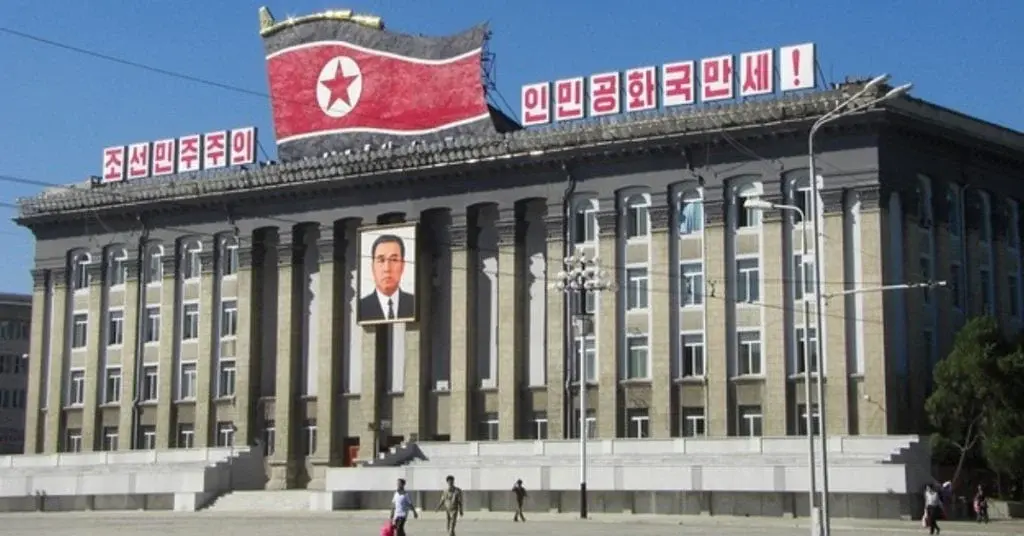North Korea has recently started upgrading its mobile network to 4G using secondhand equipment primarily sourced from Huawei, according to a report by local news site Daily NK.
Upgrading to 4G
The upgrade initiative began in October and involves overhauling the existing 3G network infrastructure to set the foundation for 4G services. The first wave of this upgrade has been implemented in major cities such as Pyongyang, Nampo, Pyongsong, Sariwon, Wonsan, and Hamhung.
Improvements and Construction
The upgrade includes the installation of 4G repeaters, remote monitors, and amplifiers for radio transmission and reception. Additionally, signal processing controls at base transceiver stations have been updated. Construction of 4G cell towers is also underway in several regions, with the goal of completing over 80% of the planned cell towers by 2025. Currently, 4G services are mainly available in the central districts of Pyongyang.
User Experience and Limitations
According to an unnamed source, people who have subscribed to the new network have reported a good signal with no interruptions when browsing the intranet or watching shows. However, there are limitations as the signal weakens significantly when users are far from the base stations. This has led to some reluctance among North Koreans to switch to 4G, as mobile devices in the country do not automatically revert to 3G in areas with poor 4G reception.
Lagging Behind in Cellular Technology
North Korea’s population of 26.2 million has a phone connection rate of only about 28.3%. The country has historically lagged behind the global trend in terms of cellular technology, often adopting older generations of technology. They entered the 2G era in 2002, long after the global 3G wave, and followed a similar pattern with 3G. Industry observers suspect that the country will continue to follow this pattern with the adoption of 4G and 5G technologies.


Leave a Reply